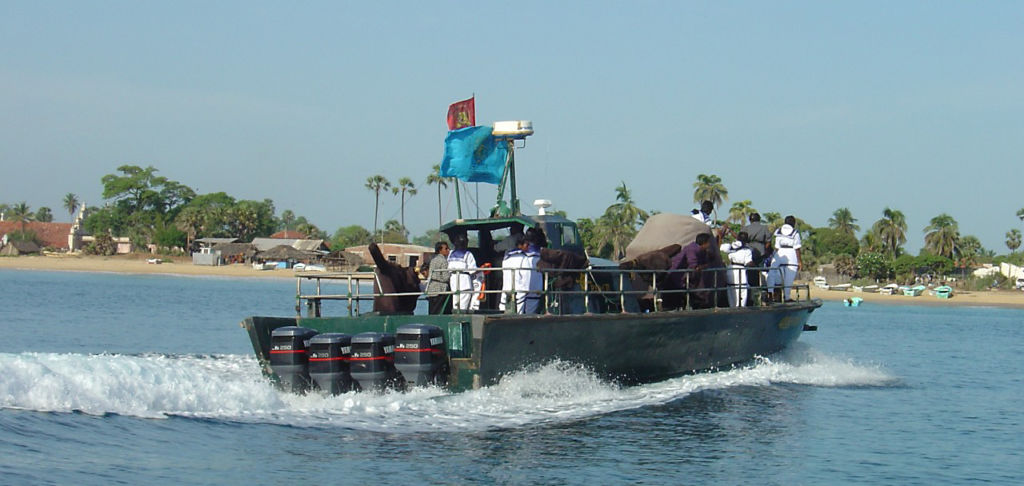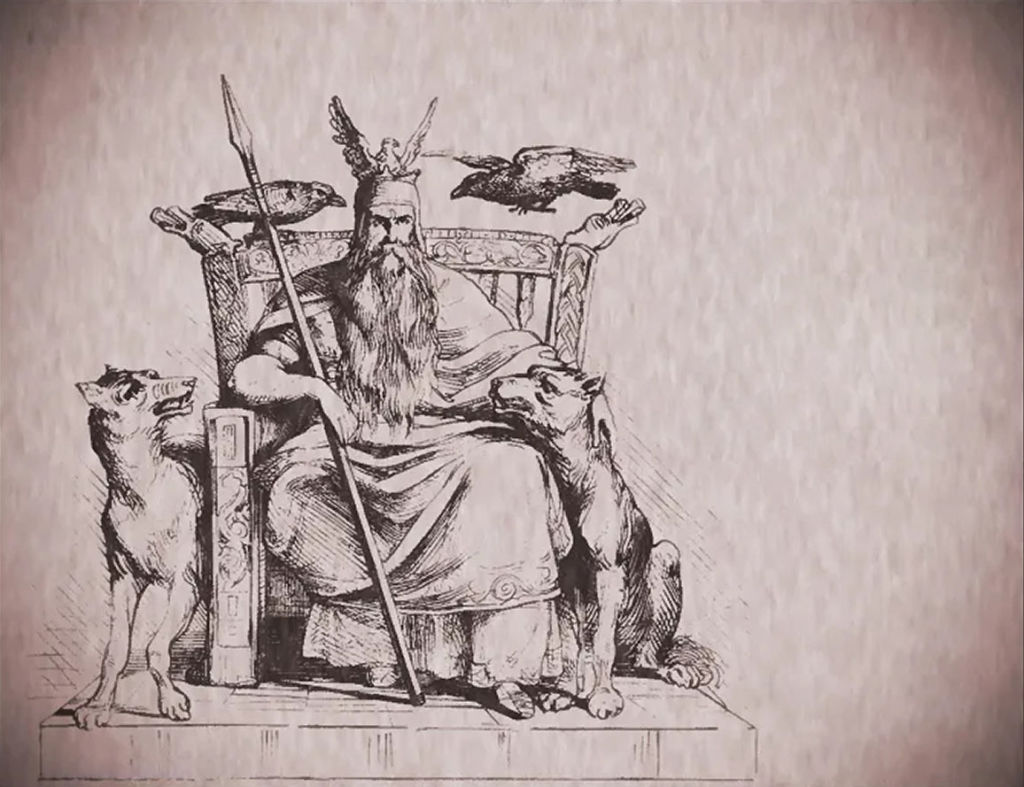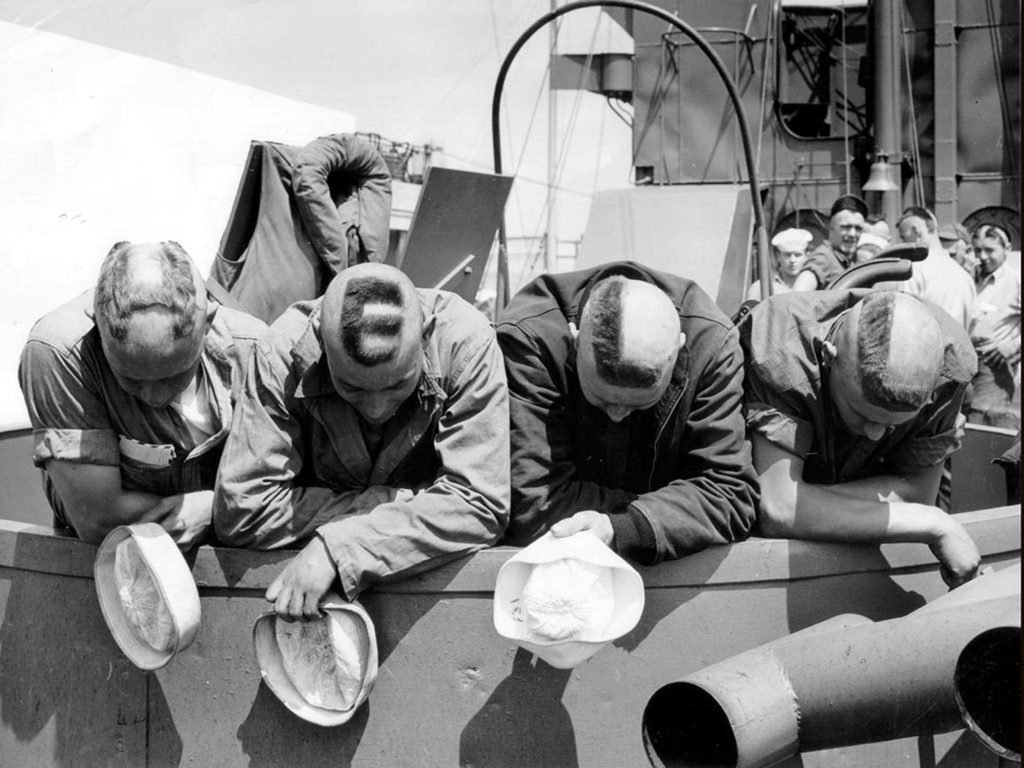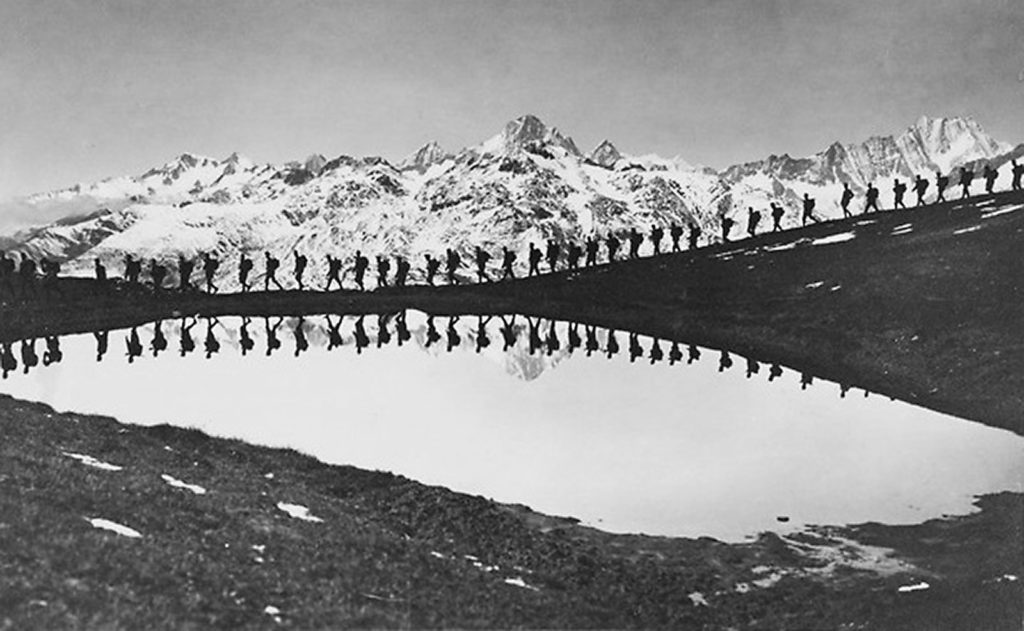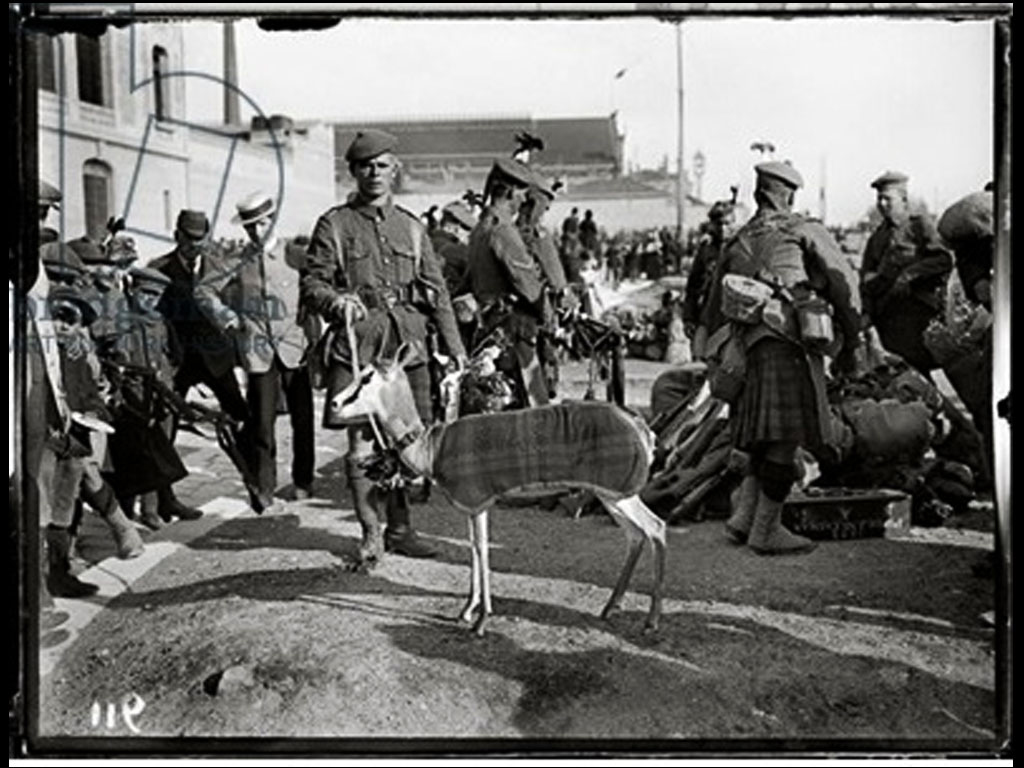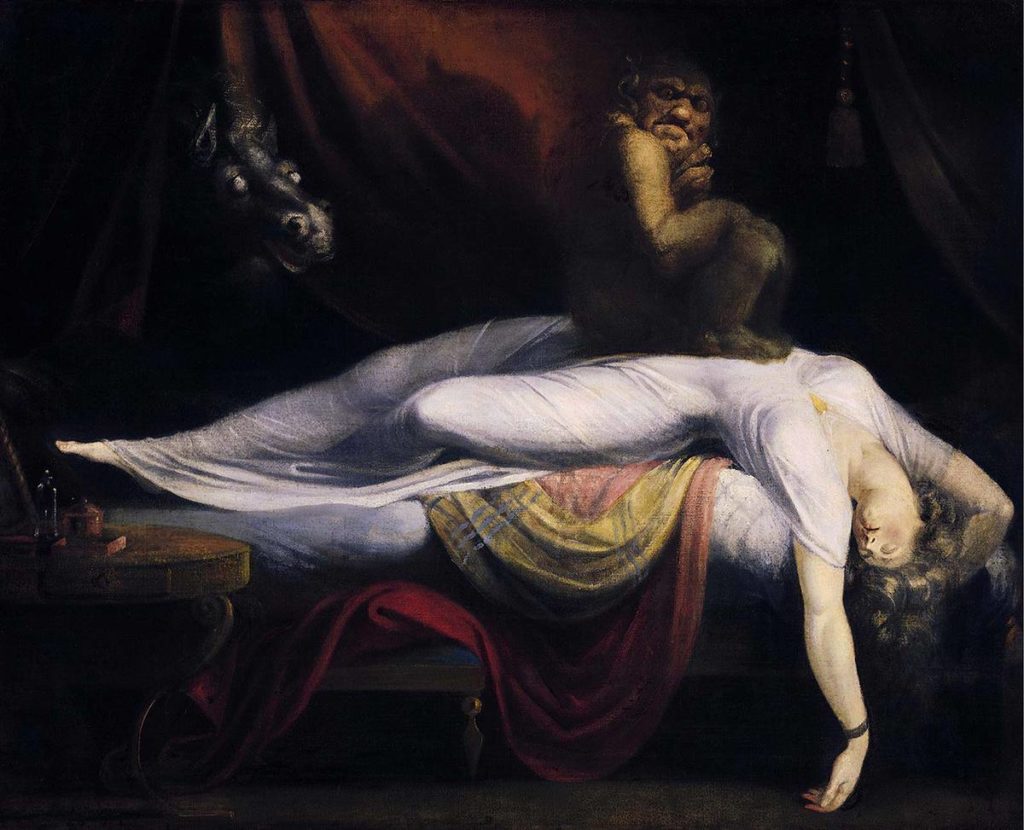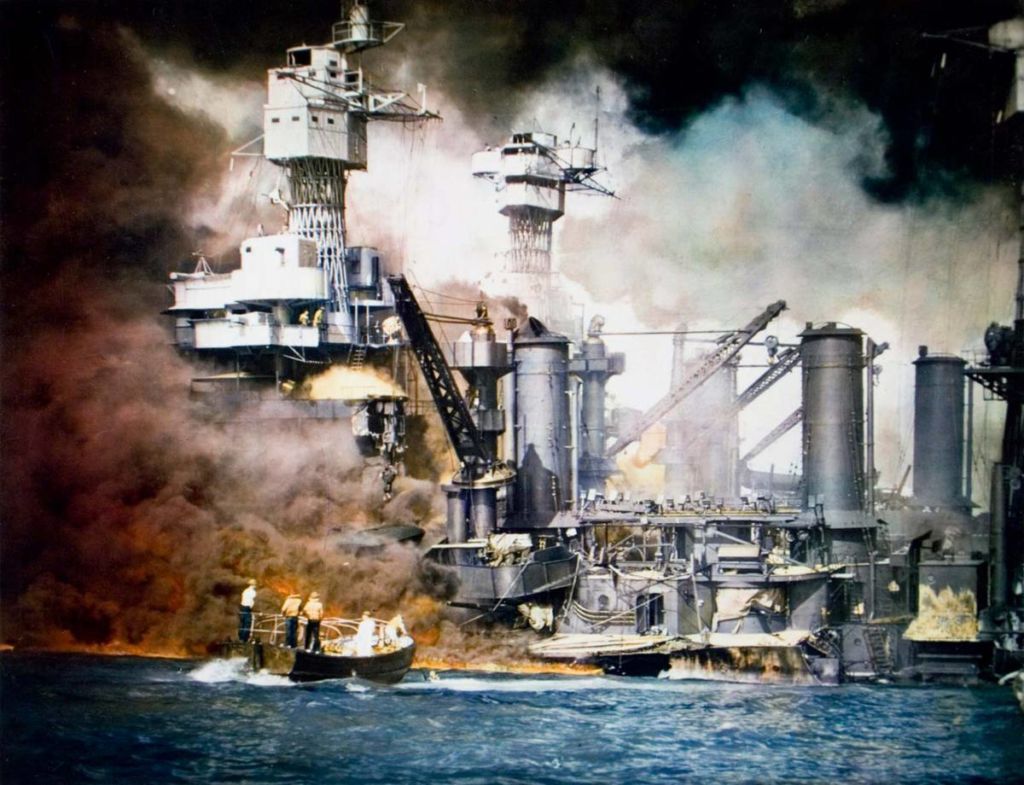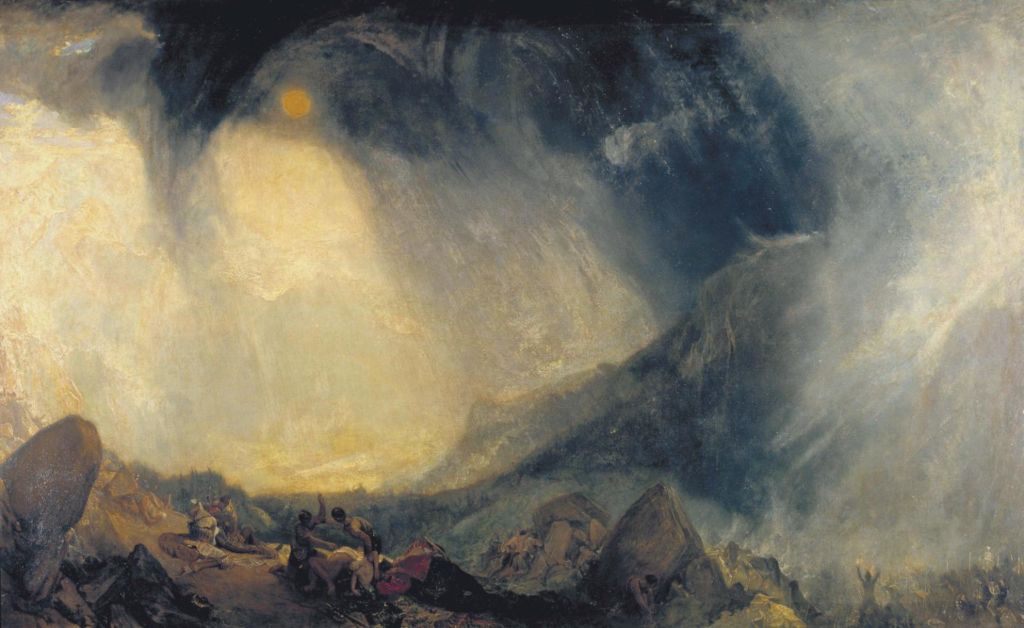Born in Dama in 1984, German-Syrian artist Manaf Halbouni is deeply preoccupied with the fate of those who live in countries at war, in particular populations who are forced into exile as he was.
WhiteFlag is one of his landmark pieces. On his website, he uses it to present himself and his work; it is his ‘statement’. The short video, created in collaboration with the production company Oscar HR, features the artist standing alone in front of the camera, in total darkness with only his silhouette visible, in his hands a flag. A white flag that he gently waves back and forth, and that changes color every time it comes back around. The artist speaks in a voiceover: this is the only flag he claims as his own for it speaks the language of art, and he believes in a world where everyone can live together. And yet, despite his naïve, well-intentioned declaration, Manaf Halbouni, a pacifist, is accused by Far Right activists in Germany of advocating terrorism and hate. All this due to a misunderstanding about a flag…
In 2015, a photograph went around the world on the Internet and social media: a barricade made out of three busses turned upright in the center of Aleppo. Upon discovering it, the artist was immediately seized by the energy of what he saw—the sheer force required to erect the barrier and how life simply continued around it, children playing and the bustle of nearby businesses. It became the inspiration for his installation Monument, a kind of response to the palisade in Aleppo, installed in February 2017 in front of the rebuilt Frauenkirche on new market square in Dresden, a city that has known first-hand the ravages of war.
The square is also precisely where gatherings are held every Monday evening for members of Pediga, a xenophobic movement that first sprouted in Dresden. Chanting Nazi-era slogans, Pediga activists accuse the artist and the mayor Dirk Hilbert of defending terrorism by installing this piece in a public space that they consider their own, a square that has become a symbol for their group.
They support their claim by circulating another, different photo that has also made the rounds on social media; the same bus barricade, but this time topped by a flag in the colors of the Salafist organization Ahar Al-Cham. It is understandable that such a visible edifice in the city might serve as a flag bearer for a military organization, but the artist insists: he has never seen this photo, the one with the flag, and he does not actually know under what circumstances the buses came to be this way. His interest, as we can see, is elsewhere.
In this Saxony shaken by racist and xenophobic crimes, Manaf Halbouni stands strong; he will not back down, and continues to respond patiently to his accusers through words and art. Solidarity movements are starting to form around him, condemning the citywide tension caused by Pediga, or more generally expressing anxiety about the Far Right’s progression in the political landscape.
Cover: Installation view of Monument, Manaf Halbouni, 2017. Brandenburg gate, Berlin. ©RR

